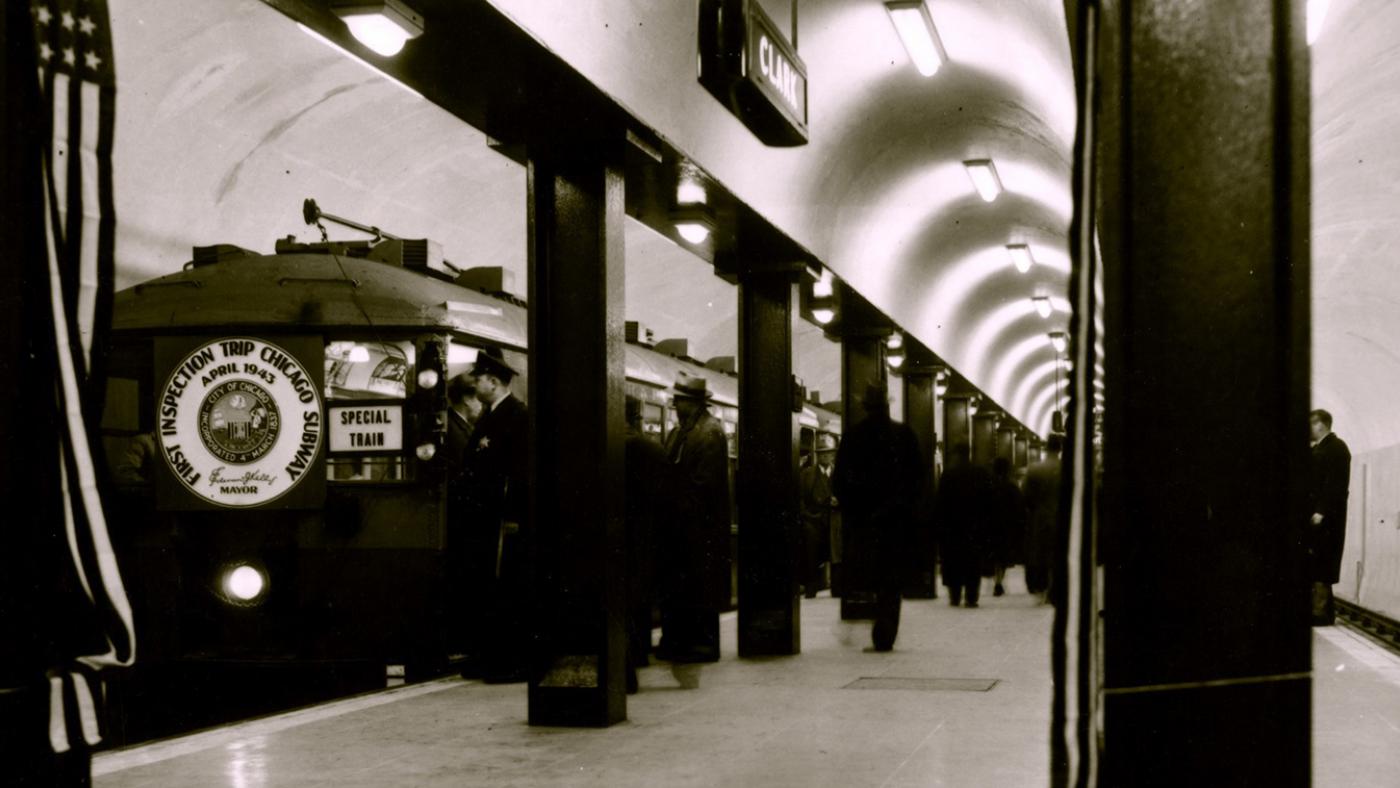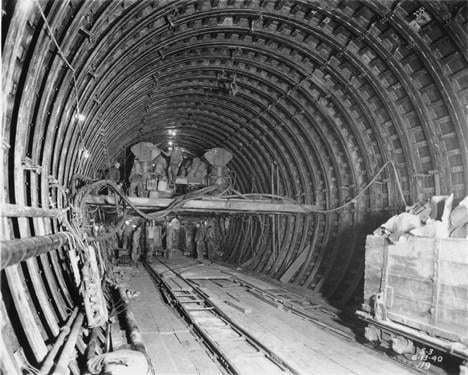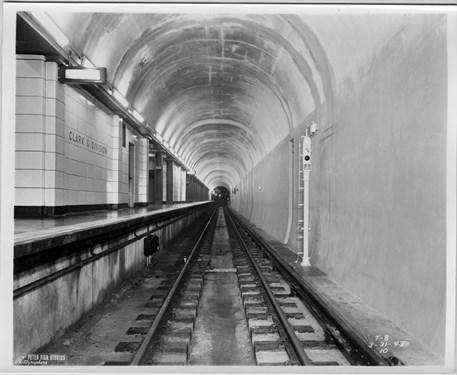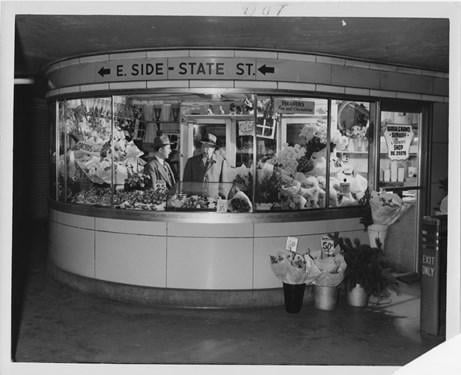A Chance to Ride (or See) a Historic CTA Train Car
Daniel Hautzinger
October 24, 2018

In celebration of the opening of Chicago's first underground rapid-transit line 75 years ago, the CTA is sending out two vintage train cars of a model that were among the first to run on the new line. During the late morning and early afternoon of Wednesday, October, 24, two 4000-series cars will run along the Red Line subway between the North/Clybourn and Roosevelt stops, giving rides to ticketed passengers. (Due to high demand, tickets are no longer available. However, there may be two unticketed rides around 1:10 pm starting from the Randolph-Washington mezzanine, at the south end of the Lake Street stop.) If you aren't lucky enough to board this vintage two-car train, which ran from 1923 to 1973, you can spot them from locations along the track between Webster and 17th Street.
 Forms for concrete line the space of the excavated tube area as the State Street Subway is constructed. Photo: CTA
Forms for concrete line the space of the excavated tube area as the State Street Subway is constructed. Photo: CTA
The State Street subway opened to the public on October 17, 1943, and ran, as it still does today, from Roosevelt to North/Clybourn. It was part of a transit expansion plan that called for two subway lines downtown, underneath State Street and also Dearborn and Milwaukee (that subway is now part of the Blue Line). The city broke ground for both subways at Chicago and State in the midst of the Great Depression in December of 1938, utilizing stimulus funds from the federal government's New Deal programs. Construction proceeded using both the deep bore method, where tunnels are dug underground and reinforced with concrete, and the cut-and-cover method, where a trench is dug from the surface then covered over once a tunnel is reinforced. The State Street subway was completed within five years, whereas the Milwaukee-Dearborn line was not finished until 1951.
 The finished track at the Clark/Division station on the State Street subway. Photo: CTA
The finished track at the Clark/Division station on the State Street subway. Photo: CTA
The nine stations of the State Street subway, which still maintain the style today that they had 75 years ago, feature attractive terra cotta tiles with station names and other directions embedded directly into them. (If rectangular, glazed-white tiles seem familiar to you, that's because "subway tile" is now in vogue for interior decoration, seen everywhere from trendy, plant-filled restaurants to sleek washrooms.) These Art Moderne-style stations are said to be the first subway stations to feature fluorescent lighting, and other rare new amenities included escalators, ventilation, and drainage.
 Randolph-Washington concession stand in the State Street Subway, c. 1950s. Photo: CTA
Randolph-Washington concession stand in the State Street Subway, c. 1950s. Photo: CTA
The system used 4000-series cars because they had a steel body, as opposed to earlier cars built with a wooden frame. The cars also had wood floors, cushioned seats, and electronically operated doors. Their top speed is around 45 miles per hour, whereas the CTA's modern cars can go at least 55 miles per hour, the system-wide speed limit.
If you don't make it onto one of the vintage cars today, you can still get a feel for what the historic line was like via archival photos located at each of the nine stations of the State Street subway. They will remain on display for several weeks.
For more news about Chicago's transit system and the modernizations and repairs that have been made recently and that are planned for the future, check out this recent New York Times story contrasting the CTA and New York's MTA.







